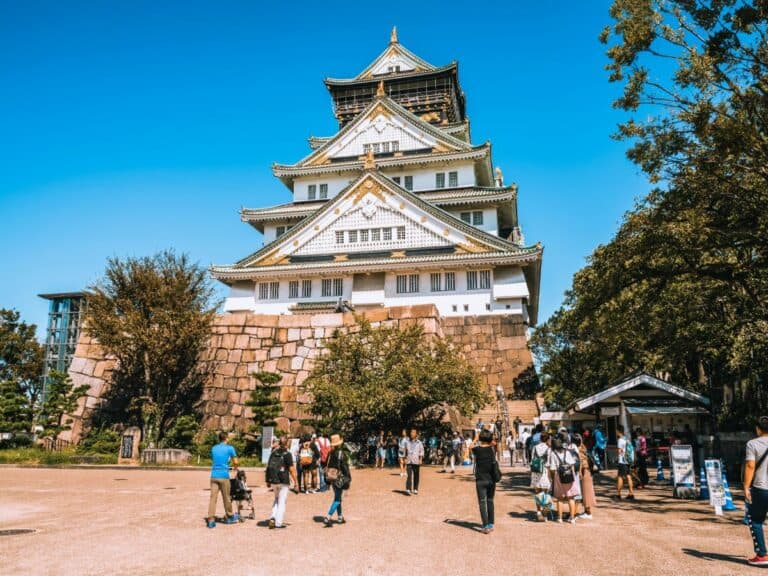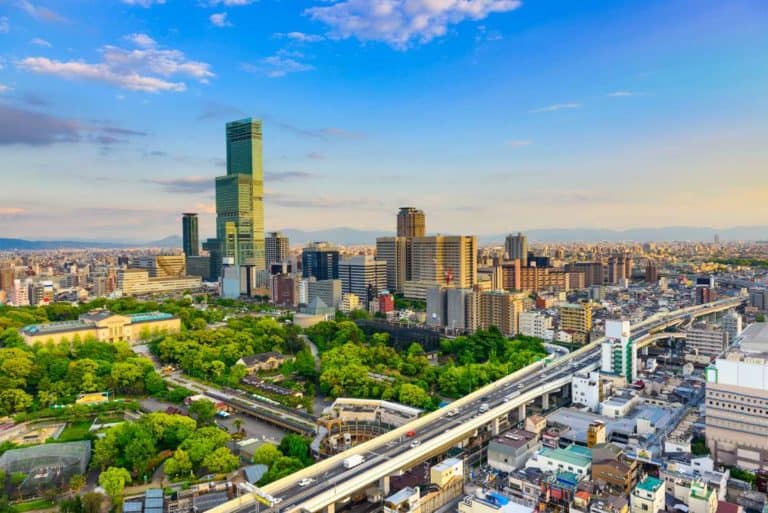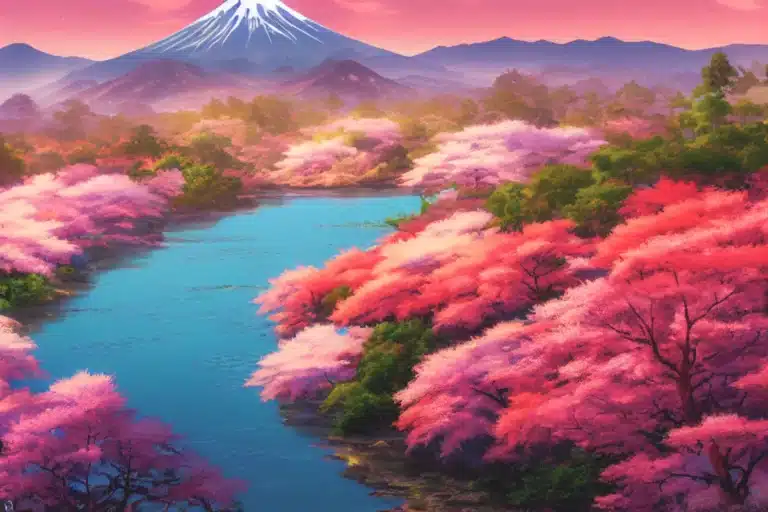How Much Cash To Bring To Japan?
I get this question a lot. The short answer is, “It depends on your situation.” It’s impossible to give an exact amount because everyone has different needs for cash in Japan.
To help you decide how much to bring to Japan, I’ve broken it down into three categories:
- Tourists who are here on package tours with a company
- Tourists who are coming without a Japan Rail Pass or will be flying in and out of Narita Airport
- And tourists who get around by car.
As an Amazon Associate and Booking affiliate, LoveForTraveling.com earns from qualifying purchases. We may receive a commission for purchases made via our links.
1) Tourists on Package Tours from Their Home Country

This is the most straightforward way to determine how much cash you should bring to Japan. Most package tours from countries like America, Canada, and Australia will give you a suggested daily spending budget.
For example, it might say something like this:
“Daily Spending Budget: Within ¥3,000 per person.” In that case, bringing more cash to Japan is unnecessary. It’s as simple as that!
However, bringing more cash for those getting around by public transportation or saving money on food and souvenirs might be better.
For example, if you’re going to Hiroshima from Tokyo, plus spend a couple of days at the end of your trip in Kyoto before heading back to your home country, that could cost around ¥65,000 ($570). (Average Prices)
- ¥30,000 ($264) for the bullet train,
- ¥5,000 ($44) for Hiroshima
- And another ¥30,000 or so if you stay in Kyoto for three days.
You’ll need extra cash to cover the cost of transportation and hotel stays.
2) Tourists Coming without a Japan Rail Pass

To determine how much cash to bring without a Japan Rail Pass, you must add up all the trip costs covered by the Japan Rail Pass.
For example, if you are going from Tokyo to Kyoto and back on a round-trip bullet train ticket for ¥30,000, plus ¥24,000 for two days in Kyoto, ¥.
In this case, that would be:
- ¥15,000 for your round-trip bullet train ticket from Tokyo to Kyoto ($132)
- ¥24,000 for two days in Kyoto ($211)
- ¥10,000 for a one-night stay at a hotel in Tokyo
- ¥15,000 for your round-trip bullet train ticket from Kyoto to Tokyo ($132)
- Another two days in Tokyo for ¥20,000
You might be surprised by how much money that is. When you add it all up, it’s ¥84,000! ($740).
If you spend that much money just by train, you should bring at least $1.500 to Japan with you.
How much Does cost the Japan rail Pass?
The Japan Rail Pass is helpful if you explore Japan by rail. You can get this pass in 7, 14, and 21 days.
These passes are available only for non-Japanese citizens who will stay in Japan for a short period, such as tourists and students.
- A one-week pass costs $279.
- A two-week Pass costs $445
- A three-week pass costs $570
How much cash do you need to bring?
If you stay with a JR rail pass for a week, carrying Yen $300 may be enough for your pocket money.
In Tokyo, the expenses of an individual will vary widely depending on the mode of transportation and shopping methods they adopt.
The upkeep of a daily lifestyle in metropolitan cities is usually higher than in other cities, even if the essentials are sold at cheaper rates.
What Does Cover The Japan Rail Pass?
The Japan Rail Pass covers all companies’ Shinkansen (bullet train) and limited express trains.
Examples of travel covered are between Tokyo, Kyoto, Osaka, Hiroshima, and Fukuoka.
For more information about which trains are covered, please refer to here. You can use the pass for local or rapid trains, but you must pay a small amount for each ride.
3) Tourists Driving in Japan
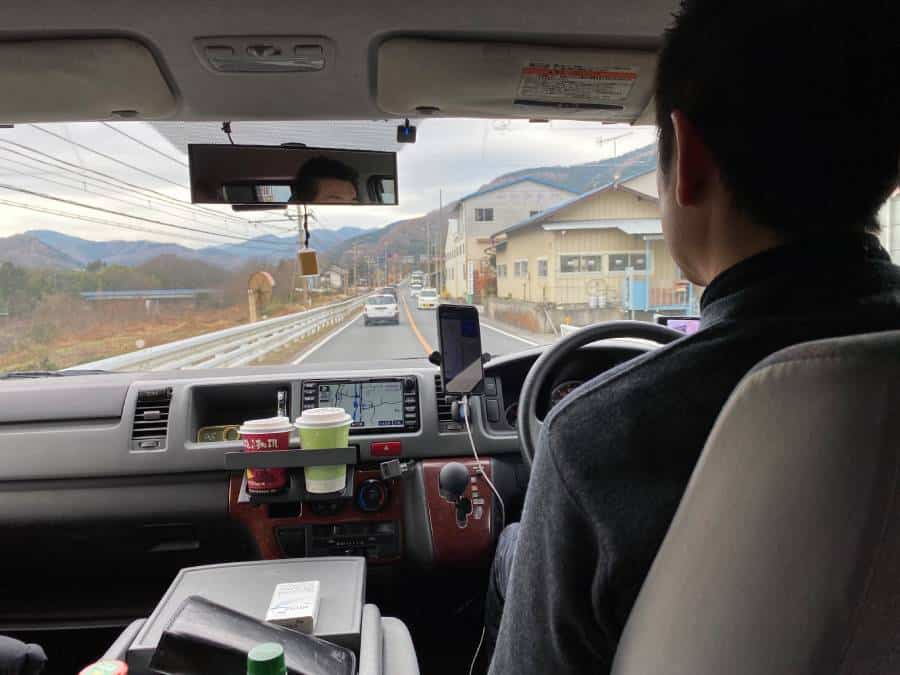
I have to admit… I think this is the most complex situation. There are a lot of variables to take into consideration.
- But how many days will you be driving around?
- Will you stop for sightseeing, shopping, or eating along the way?
- How many are these attractions?
You can’t include transportation costs if you’re not traveling in your car.
For example, it’s only one day of driving to Hiroshima, but another $20 would be needed to enter various city attractions.
Of course, it’s much cheaper if you’re going to Hokkaido, it’s much cheaper… But how long will you spend there?
If you stay for an entire week and drive around the island, add up all the expenses without taking your car.
For example, one night in Sapporo, one in Hakodate, and another in Kushiro add up to ¥40,000. ($350)
And if you’re driving around the island for an extra few days, that could quickly add up.
How much cash should I bring to Japan for a week?
Once again, how much cash you will need in Japan depends on where and for your traveling purpose. For example:
- If you plan to stay in Tokyo and visit temples/shrines (e.g., Meiji Shrine), it would be enough to bring about ¥200,000; ($1760)
- If you do not plan to visit shrines or temples but you plan to visit Ueno Zoo and go shopping in Shibuya, then ¥300,000 will be enough. ($2640)
As you can see, the money you need in Japan depends on your spending habits and your itinerary.
However, if you’re planning to visit rural areas and spend a lot of time there, bringing more cash than you think you will need would be better.
How much cash should I bring to Japan for 2 weeks?

As we mentioned above, the amount of money you will need in Japan depends on your spending habits and itinerary, so we cannot tell you exactly how much money you should bring to Japan for a specific time.
However, we can give you a general idea about how much cash you should expect to need in Japan, assuming that your spending habits are similar to those of an average Japanese citizen.
For example, if you stay within Tokyo and visit only the most famous temples/shrines (e.g., Meiji Shrine), you need $3500/$3800.
On the other hand, if you plan to visit some rural areas and Tokyo and some shrines/temples within those rural areas but you do not expect to spend too much shopping in Shibuya, then $4000 would be enough.
How much cash should I bring to Japan for three weeks and beyond?
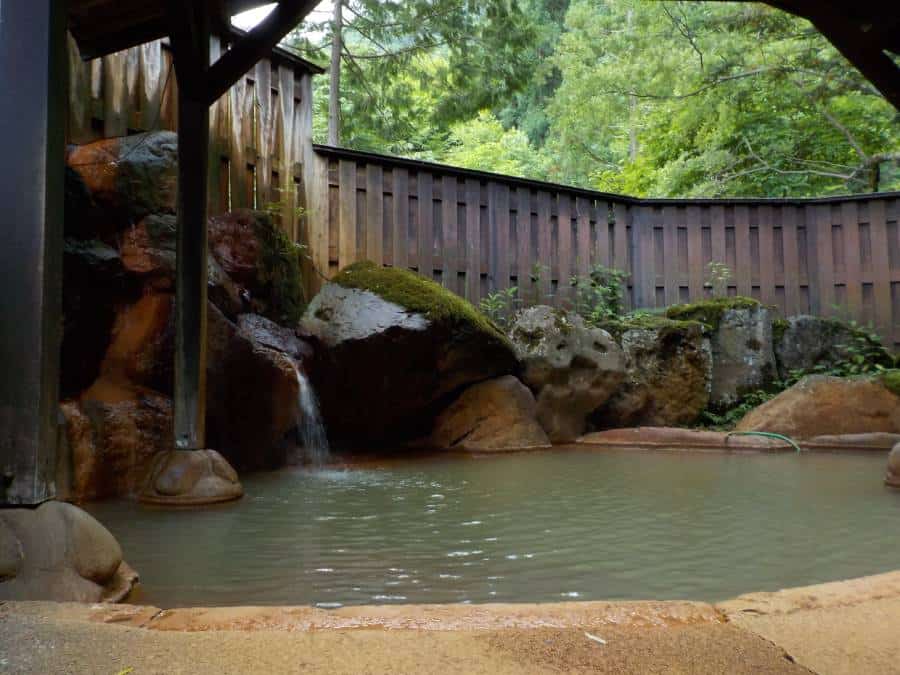
If you plan to visit rural areas and spend significant time there (e.g., one month), we recommend bringing at least $150/$200 per day. You might need more than that if you plan to visit remote areas.
Having a credit card(s) while visiting Japan would be a good idea.
It will make exchanging your currency at the airport easier before going into town/country.
Forgot Something?
You can always buy whatever you forget in Japan. But it’s not always good to bring too much cash with you.
For example, if you forgot your phone charger and need ¥5,000 ($43) on the way to the airport, that would be a problem.
That’s why always having enough cash with you when traveling around Japan is essential. You can also withdraw money from your credit or debit card at any 7-Eleven convenience store in the country.
The only downside is that they’ll charge a small fee for every transaction.
How much cash are you allowed in Japan?
This question has two answers. The first is the legal limit, which is currently 1 million yen. ($8799)
Suppose you are caught with more than this cash upon arrival in Japan. In that case, the Japanese authorities will seize it and even charge you for breaking currency laws (if they decide you were planning to use it for illegal purposes or something like that).
The second question is how much you should bring with you. The answer to this depends on your financial situation, but here are some suggestions:
- If you’re staying in Japan for a short time (and plan on using an ATM/cash card the whole time), then ¥50,000 (USD380) should be more than enough. If you’re staying longer, I suggest bringing between ¥100,000 and ¥200,000 ($750/$1500). You can withdraw money from ATMs at about any bank in Japan.
- Because cash is so easily accessible in Japan, I don’t recommend bringing more than ¥100,000 ($750) with you.
- If you’re doing business/working in Japan, then, of course, it’s a different story. You’ll probably need more cash. Contact your employer first to confirm what the expected cash requirements are.
- If you’re bringing in ¥100,000 or more, I highly recommend declaring it at customs. You can get away with not reporting smaller amounts of money, but the penalties for being caught with undeclared cash are huge, so save yourself the trouble.
Should you exchange money before going to Japan?
In short, no. It’s unnecessary to exchange money in your home country beforehand because Japan is very safe, and the Japanese Yen is very stable.
The best option is to wait until you arrive in Japan and get a 7/11 convenience store card with an atm function.
You can withdraw money from this atm, which is free of charge. If you do so, you will not need to worry about exchanging money in advance or arriving in Japan with no cash on hand.
At the airport in Narita, you will find currency exchange windows which will most likely be open for 24 hours.
This is an expensive option because they offer horrible rates compared with ATMs, which is inconvenient.
What comes in handy?

From personal experience, I would say that cash on hand is a good idea, such as 100 dollars.
All vending machines which use credit cards need an additional 300 yen deposit on top of what you want to purchase.
In other words, drinking three 500 ml of cokes from the machine will cost 1,800 yen (500 ml is about one dollar).
You can also buy a Suica card for 500 yen (which can be used as a Suica card and as an atm) and load it with some cash, which you will later use to ride bullet trains.
You can purchase these Suica cards at any central train station, 7/11, or post office.
One more thing I would recommend carrying around is a small towel or handkerchief. It comes in handy often, especially if you travel by night buses.
How much should I save up for a trip to Japan?
It depends on how much you want to do.
Japan has a lot to offer, and travel in Japan is cheaper than most western countries.
For an average traveler on a mid-range budget, $150 to $200 per day should be enough for reasonable comfort.
Naturally, going on a shoestring budget will be possible as well.
Japan is a big country, and the travel costs vary depending on what part of Japan you plan to visit.
The major cities such as Tokyo, Kyoto, and Osaka have transportation, food, and entertainment costs roughly in line with cities of this size elsewhere.
However, the countryside is cheap, with smaller towns having prices similar to those in China or Korea.
Tokyo can be considered on par with New York City’s overall expenses, while you will spend about half as much in Kyoto compared to London.
Does Japan accept dollars?
Yes. There is no law against bringing American dollars to Japan; they can accept them as an exchange medium, including stores and services. Of course, there isn’t a bank or money-changing machine at the airport upon arrival either.
Dollars (and most other first-world currencies) are becoming increasingly accepted all over Japan as people exchange money more comfortably.
This is especially true in urban areas where many businesses prefer it due to the lower fees when using American dollars for foreign exchange.
Does Japan accept British pounds?
There’s no law preventing somebody from bringing their currency with them to Japan, and you will not be fined or detained for doing so.
Foreign currencies can be exchanged at most banks, hotels, and department stores free of charge, but a transaction fee involves changing your money back into dollars (or Yen).

